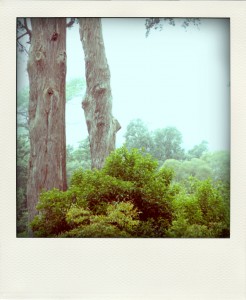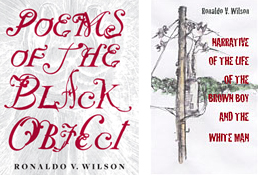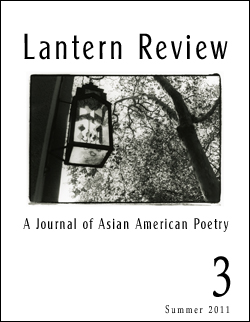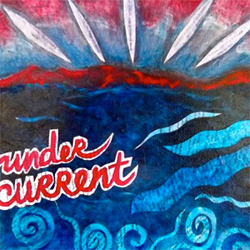
In one chapter of her beloved book Writing Down the Bones, Natalie Goldberg urges young writers to “Make Statements and Answer Questions.” I’ve taught her chapter on the importance of being specific before, but I decided to add this chapter to my syllabus for the first time this Fall, and as the semester has progressed, I’ve been finding myself returning to the raw courage of its advice again and again—both in my teaching, and in my own writing. In “Make Statements and Answer Questions,” Goldberg observes that many young writers (and indeed, experienced writers, too) feel timid about putting their ideas out into the world, and so, in their hesitancy, they often fill their writing with questions and indefinite statements (“Isn’t that terrible?” “Maybe she’s right”). There is indeed something quite vulnerable about the act of writing for an audience—of making a claim and expecting others to listen to it. To do so requires boldness, a kind of brash willingness to allow one’s own ideas to stand alone, at the risk that one’s audience might not agree. Goldberg encourages us to cut the apron strings, so to speak, by challenging ourselves to confidently answer each question we find ourselves asking: “Making statements,” she writes, “is practice in trusting your own mind, in learning to stand up with your thoughts” (93-4) And later:
“Don’t be afraid to answer the questions. You will find endless resources inside yourself. Writing is the act of burning through the fog in your mind. Don’t carry the fog out on paper. Even if you are not sure of something, express it as though you know yourself. With this practice, you eventually will” (94).
Call it the partner to the questions prompt that Mia posted in 2009, if you will: today’s prompt was inspired by Goldberg’s call to write with confidence.
Prompt: Write a poem consisting entirely of answers to questions. Try to mix answers to small, concrete questions (such as “May I have a second slice of cake?”) with answers to bigger, nearly unanswerable questions (like “What do trees do when they feel cold in winter?”).








